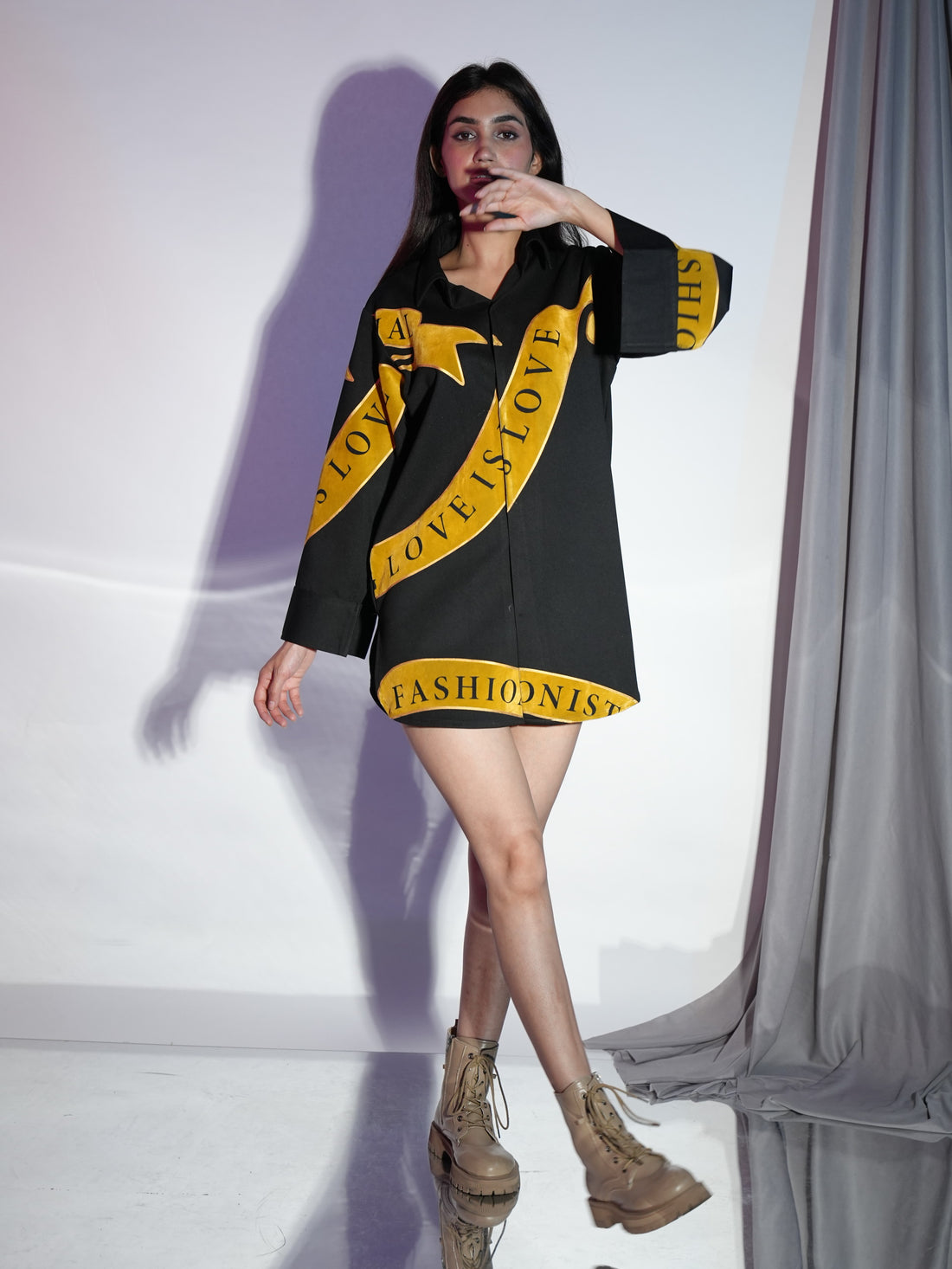Fashion has long been an integral part of human civilization, serving as a means of self-expression and empowerment. Over the centuries, women's fashion has evolved significantly, adapting to societal changes and reflecting the shifting roles and aspirations of women. In this blog, we embark on a journey through time, exploring the fascinating evolution of women's fashion and how it continues to shape the way women present themselves to the world today.
-
From Corsets to Liberation: The history of women's fashion is replete with iconic transformations that have challenged societal norms and reshaped the concept of femininity. We delve into the era of corsets and crinolines, where restrictive garments were seen as the epitome of beauty, to the rise of the suffragette movement in the early 20th century, which introduced more practical and comfortable attire. The progressive fashion choices of women mirrored their desire for equality and liberation.
-
The Roaring Twenties and the Birth of Modernity: The 1920s marked a pivotal period in women's fashion, as the flapper style revolutionized the way women dressed. Shorter hemlines, dropped waists, and loose-fitting silhouettes became the embodiment of the modern, independent woman. We explore the influence of iconic figures like Coco Chanel and their role in breaking the traditional mold, allowing women to embrace their individuality and assert their newfound freedom.
-
The Golden Age of Hollywood and Glamour: The silver screen of the 1930s and 1940s brought forth a new era of glamour and sophistication in women's fashion. Hollywood starlets like Audrey Hepburn and Marilyn Monroe became style icons, showcasing elegant dresses, form-fitting gowns, and timeless accessories. We delve into the impact of this era on fashion trends and how it continues to inspire designers and fashion enthusiasts today.
-
The Fashion Revolution of the 1960s: The 1960s ushered in a radical shift in women's fashion, mirroring the social and cultural changes of the time. The youth-driven counterculture embraced mini-skirts, bold patterns, and experimental designs. The rise of iconic figures such as Twiggy and the influence of the mod movement forever changed the landscape of fashion, encouraging individuality, self-expression, and breaking away from traditional gender norms.
-
Embracing Diversity and Inclusivity: In recent decades, the fashion industry has witnessed a remarkable shift towards inclusivity and body positivity. Women of all shapes, sizes, and ethnicities have found a place in the fashion world, challenging the narrow standards of beauty. We celebrate the rise of diverse models and designers who have paved the way for a more inclusive fashion industry, where women can find styles that resonate with their individuality.
Conclusion: Women's fashion is an ever-evolving tapestry that weaves together history, culture, and personal expression. From the restrictive corsets of the past to the empowering and diverse fashion landscape of today, women's fashion has journeyed through significant transformations, reflecting the spirit and aspirations of women throughout the ages. As we move forward, it is crucial to continue embracing and celebrating the beauty of women's fashion in all its forms, empowering women to express themselves authentically and confidently.

